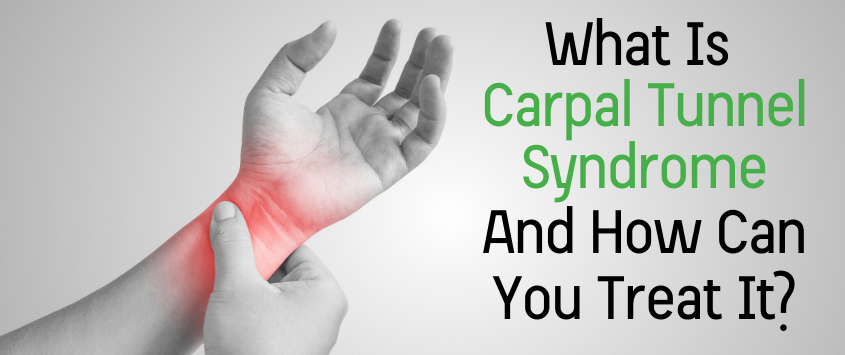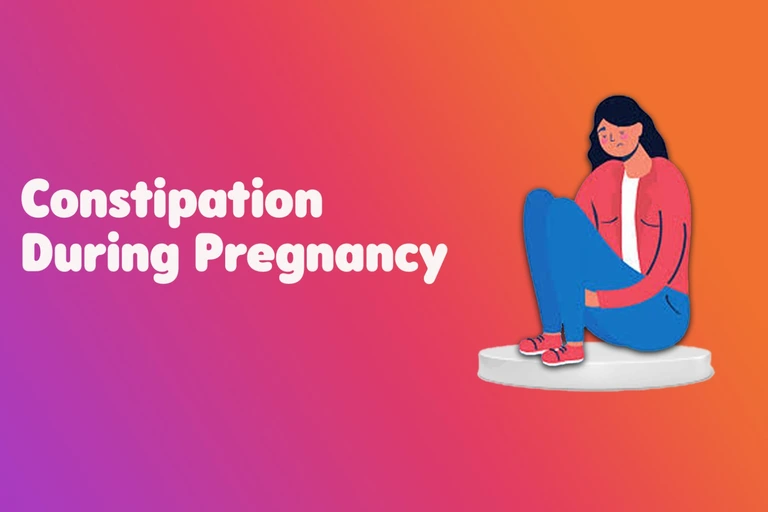Relieve Postpartum Carpal Tunnel Syndrome for New Mothers
Many new mothers suffer from a disorder called postpartum carpal tunnel syndrome. Carpal tunnel syndrome after giving birth is a typical problem for many new mothers.
This disorder causes pain, tingling, and numbness in the wrist, where the median nerve is stretched. It can make taking care of a newborn and everyday activities challenging. You will find easy and simple tips for your comfort and make it easy for your baby.
What is Postpartum Carpal Tunnel Syndrome?
Postpartum carpal tunnel syndrome refers to the condition where women experience symptoms of carpal tunnel syndrome in the hand and wrist after giving birth. This condition is often linked to physiological changes during pregnancy and postpartum, such as fluid retention and increased pressure on the median nerve.
Symptoms may include pain, tingling, and numbness in the hand or wrist, especially when holding or breastfeeding the baby. Keeping the wrist in a neutral position is essential to reduce the compression of the tendon and ligament. Sometimes, wearing a splint or seeking physiotherapy can help improve symptoms and resolve the issue.
Causes of Postpartum Carpal Tunnel Syndrome
During pregnancy, hormonal changes can lead to swelling in the body, including the wrist area, resulting in hand and wrist problems. This can be increased by the additional strain of carrying the baby and the physical changes in the body. Breastfeeding can also contribute to repetitive hand movements that may cause the condition. Here are some causes of postpartum carpal tunnel syndrome.
Changes in Hormones
Hormones beneficial to you during pregnancy may also relax tendons, which facilitates the irritation of the median nerve. These hormonal changes, which are necessary for birthing, impact several tissues. They can loosen joints and make the median nerve more open to bending, which causes carpal tunnel syndrome symptoms.
Hand Motions That Repeat
Many continuous tasks, such as holding and feeding a newborn, can cause wrist strain when caring for a baby. These tasks include continuously using your hands and wrists, frequently in uncomfortable positions, which can cause pressure and irritation on the median nerve. Repetitive stress like this might make carpal tunnel syndrome symptoms stronger.
Retention of Fluids
Your body could keep fluid after giving birth, putting more strain on the median nerve. Hormonal changes that frequently cause your body to retain more fluid than usual cause this swelling. Extra fluid builds up in tissues, causing pressure on the median nerve and carpal tunnel syndrome symptoms in the wrist area.
Comfort Tips for New Mothers and Their Babies
Pregnancy and postpartum can take a toll on a woman’s body, especially for breastfeeding mothers. Symptoms during pregnancy, such as back pain, are common during pregnancy, while postpartum swelling can affect the postnatal period. There are some easy and simple tips for new mothers and their babies.
Proper Breastfeeding Positions
Wrist pain can be reduced by finding the ideal breastfeeding posture. Try side-lying or the football hold while using cushions to support your arms and infant. By distributing the baby’s weight evenly and relieving pressure on your wrists, these positions improve the comfort of feeding sessions for you and your child.
Broken bones and Wrist Supports
Wrist cuffs can assist in maintaining your wrists in a neutral position, easing pain and discomfort, especially when doing regular duties like diaper changes or feeding. Splints offer support and stop overuse of the wrists, which may increase symptoms of carpal tunnel syndrome.
Gentle Exercises
Include exercises and bends for the wrists and hands to increase flexibility and reduce carpal tunnel syndrome symptoms. Easy stretches for the fingers and wrists can improve blood flow, ease stiffness, and minimize pain.
Proper Lifting Techniques
When holding the child, use your legs rather than your wrists. Hold your infant close to your body to reduce the tension on your wrists and arms. You can avoid needless strain and possibly harm by using your legs to lift instead of your back or wrists.
Stay Hydrated and Eat a Balanced Diet
Fluid retention is a common cause of carpal tunnel syndrome, which can be reduced with proper nutrition and hydration. To improve general health and lessen swelling, consume a diet high in vitamins and minerals and drink lots of water.
Take Regular Breaks
To avoid overloading it, take regular breaks. Assign work when you can to remove the strain off your wrists and keep your carpal tunnel symptoms from worsening. Taking regular breaks guarantees that you can better care for your infant and helps you manage pain.
These easy and simple tips may help in making sure mom and baby are comfortable while managing postpartum carpal tunnel syndrome. Get medical help from a specialist if symptoms continue.
Home Remedies to Alleviate Symptoms
Home remedies can be a great way to alleviate symptoms of conditions like carpal tunnel syndrome (CTS) and de Quervain’s tenosynovitis (DE). If you’re experiencing pain in your wrist from activities like holding or feeding your baby after birth, making sure you’re mindful of your wrist movements is essential.
Avoid keeping your wrist bent for too long, as this can put pressure on your nerves and lead to inflammation of the tendon. Using a wrist brace to keep your wrist straight and avoid bent back or forward positions may also help relieve the pressure on your nerves.
Gentle flexion and extension exercises and adjusting your wrist positions while performing tasks like holding the baby or feeding your baby can help alleviate symptoms. If home remedies aren’t providing relief, consulting a healthcare professional for options like a steroid injection may be necessary.
Remember to always seek information from a reliable source like a federal government site before sharing sensitive information. If new mother has to face the aching shoulder in pregnancy then you will find the tharepies for this problem.
FAQs
How long does a postpartum carpal tunnel last?
After giving delivery, postpartum carpal tunnel syndrome usually gets better six to twelve weeks later as hormone levels move and fluid retention goes down. Some women still may experience symptoms that increase over time and need medical attention.
Can breastfeeding cause carpal tunnel?
Yes, lengthy keeping of specific positions and regular hand and wrist movements during nursing might lead to carpal tunnel syndrome. These symptoms can be reduced by taking breaks and using proper nursing tactics.
Can pregnancy carpal tunnel cause permanent damage?
Carpal tunnel syndrome connected to pregnancy typically goes away after work and does not result in permanent harm. On the other hand, if neglected and severe, it may result in ongoing signs.
How can I help my carpal tunnel during pregnancy?
Use wrist supports to keep your wrists in a neutral posture and engage in mild hand and wrist exercises to reduce strain if you have carpal tunnel syndrome during pregnancy. Avoid making continuous wrist movements and take frequent pauses.
Conclusion
You will find ways to relieve postpartum carpal tunnel syndrome in this post. We review the reasons behind this condition and offer practical advice on relieving wrist pain. After giving birth, breastfeeding is essential, but if you’re not feeling well, you may have postpartum carpal tunnel syndrome. Follow the tips above to make yourself more comfortable and provide excellent care for your baby.







